Representative John Roy Lynch
The child of a slave mother and Irish plantation manager father in Vidalia, Louisiana, John R. Lynch and his mother were sold to a Natchez planter after his father’s death. A self-educated man, Lynch operated a photography studio and became active in the Republican Party after the Civil War. Governor Adelbert Ames appointed him justice of the peace in 1869. The same year, he won election to the state legislature, later serving as Speaker of the House. In 1873, he won election to the US House of Representatives. In Congress, Lynch argued for the Civil Rights Act of 1875, which banned discrimination in public accommodations. He served three terms, overcoming voter intimidation and vote tampering by his Democratic opponents. In 1913, he published Facts of Reconstruction to refute the Lost Cause narrative of the period. Credit: The Thomas H. and Joan Gandy Photographic Collection, Mss. 3778, Louisiana and Lower Mississippi Valley Collection, LSU Libraries, Baton Rouge, Louisiana.

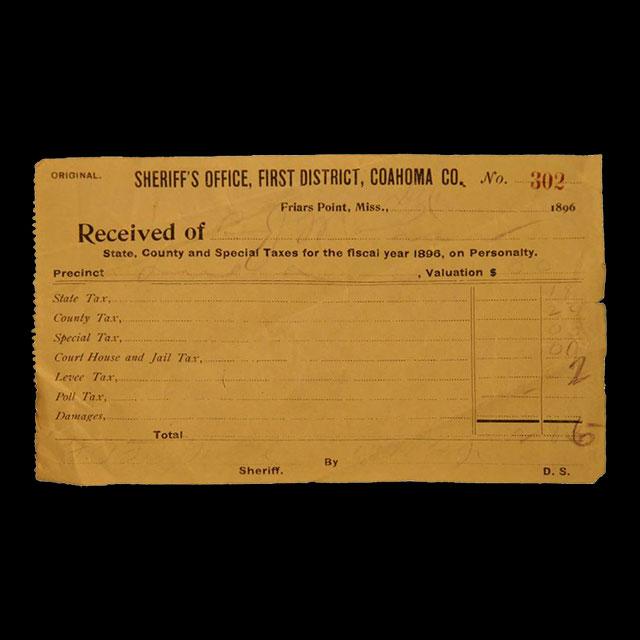
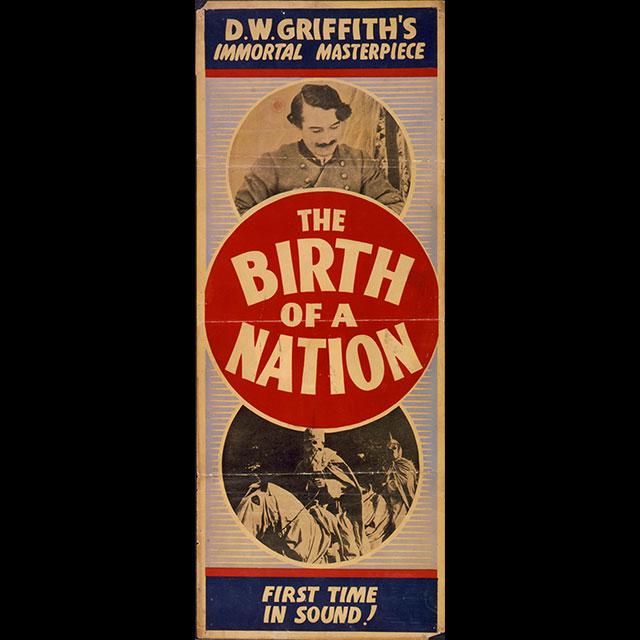

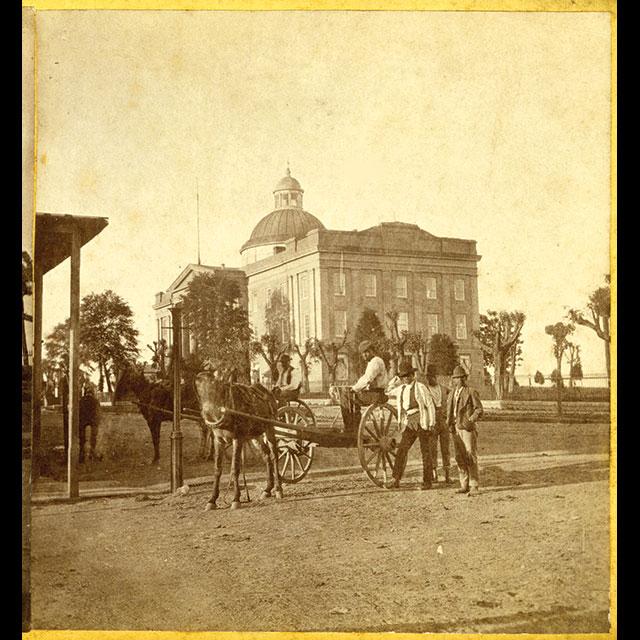
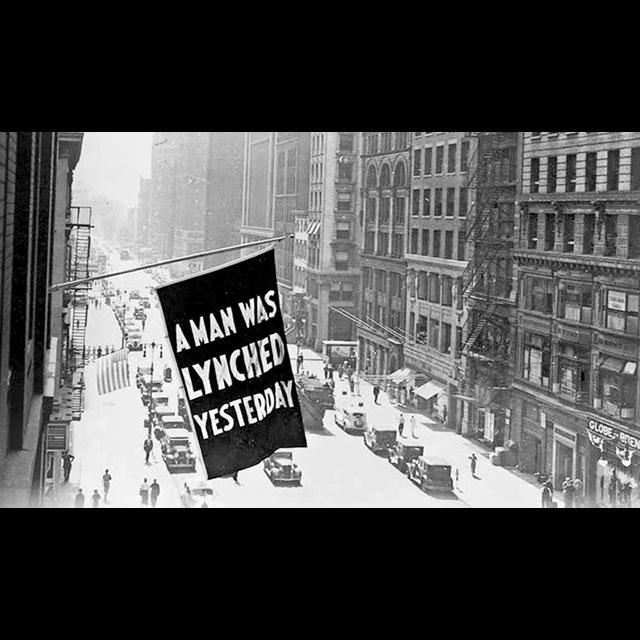
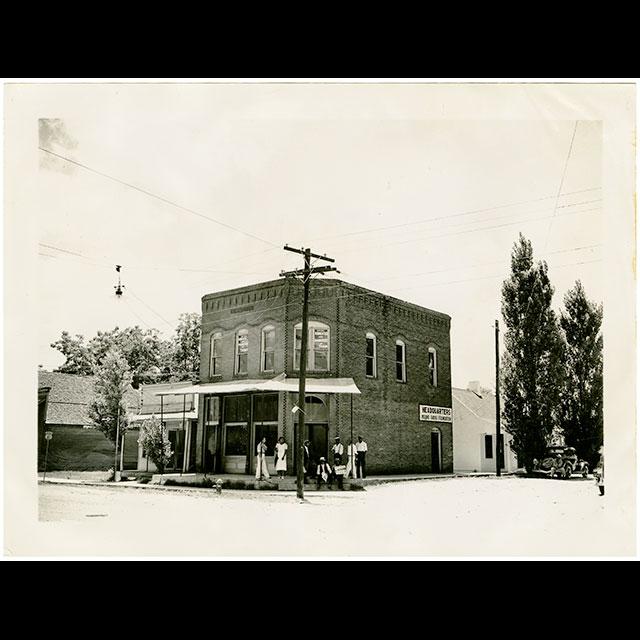
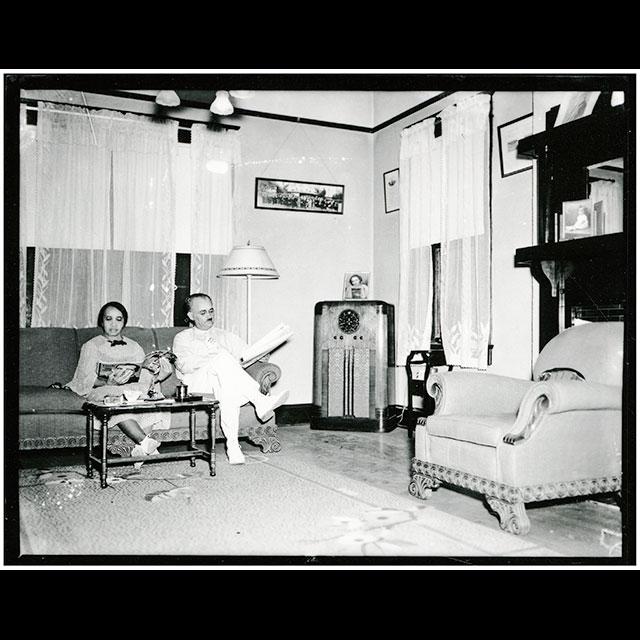
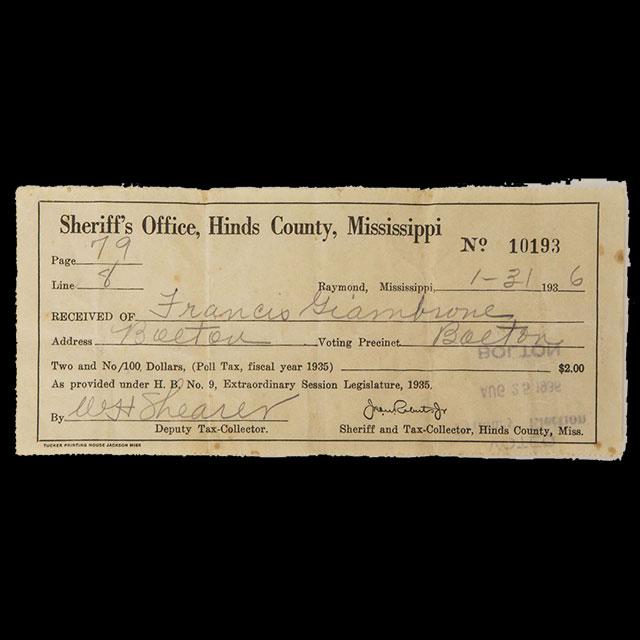
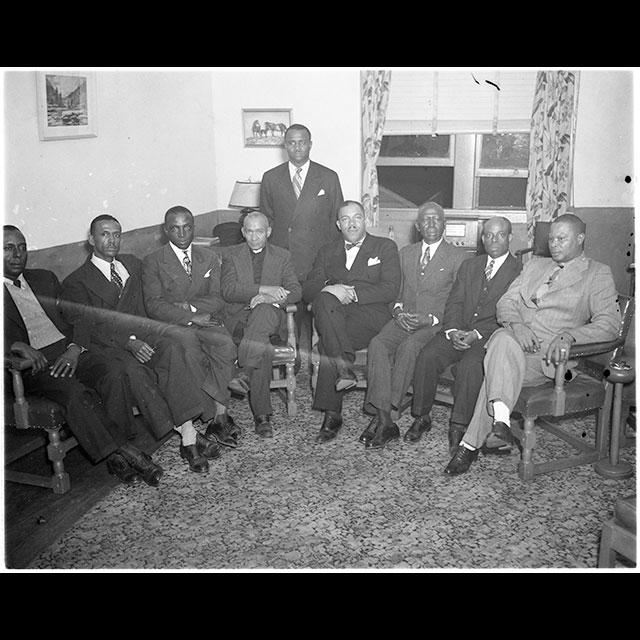
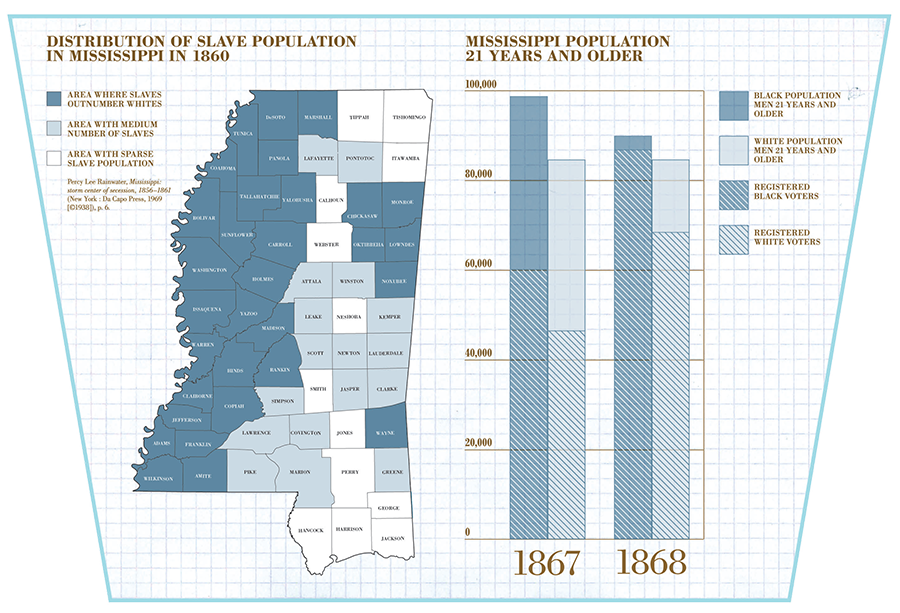
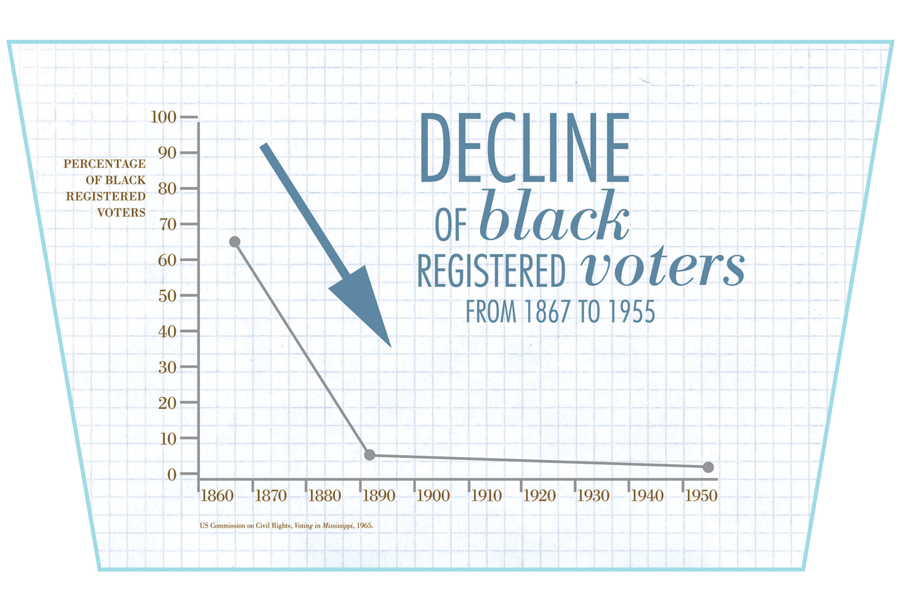
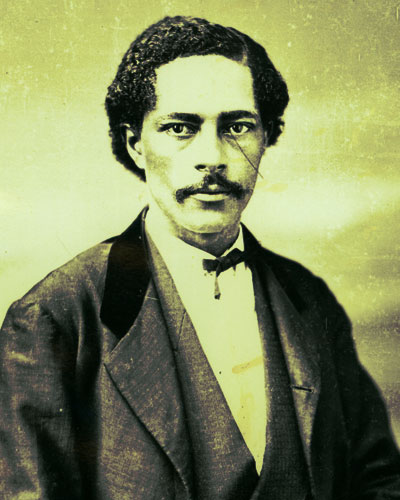
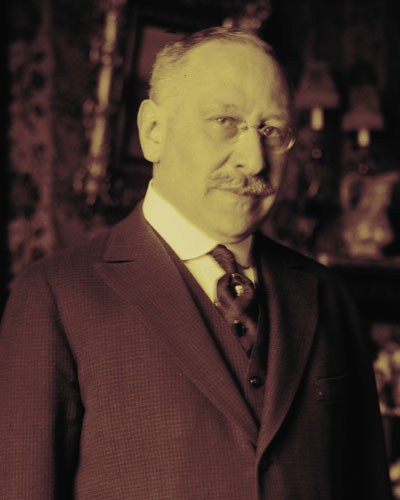
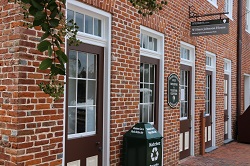 Explores the lives of free African Americans in the pre-Civil War South
Explores the lives of free African Americans in the pre-Civil War South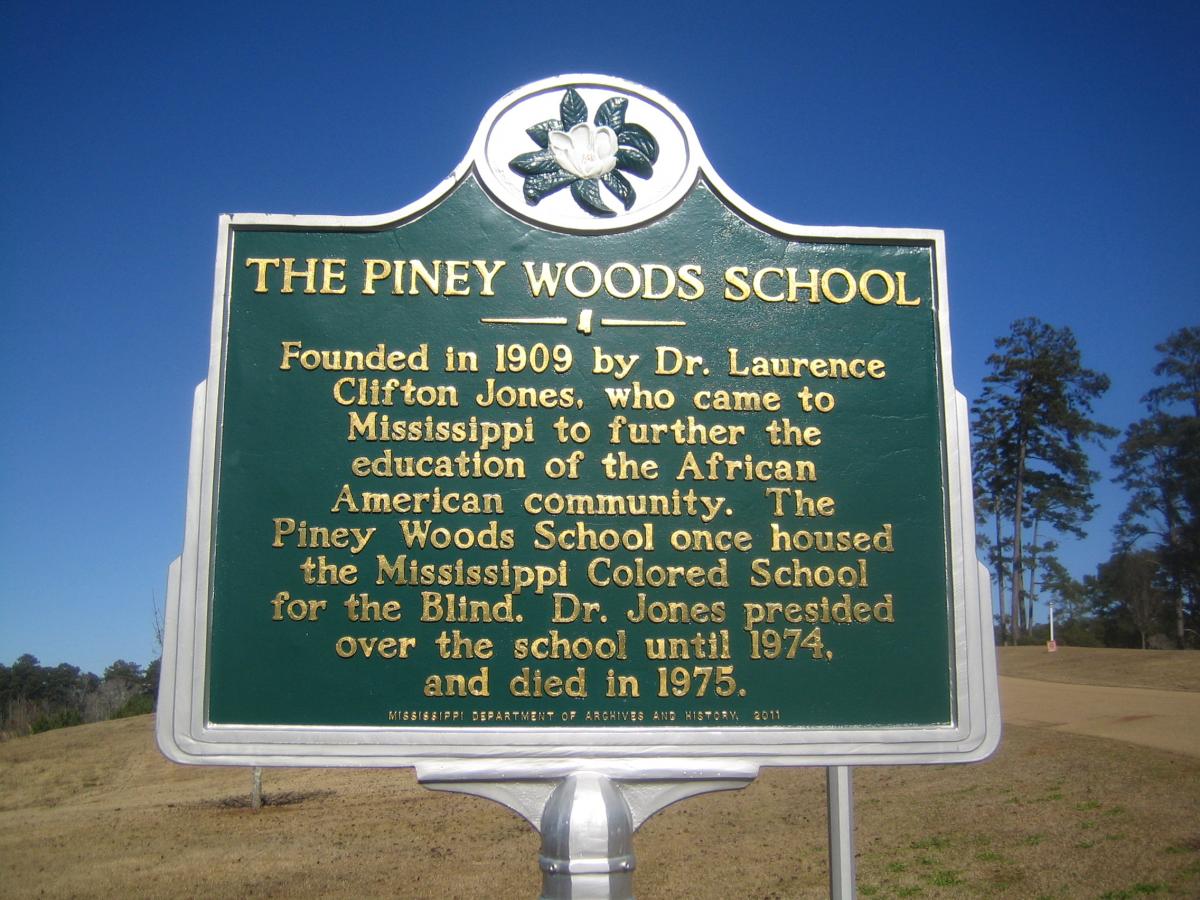 Founded by Laurence C. Jones in 1909, it is the largest, independent African American boarding school in the United States.
Founded by Laurence C. Jones in 1909, it is the largest, independent African American boarding school in the United States.